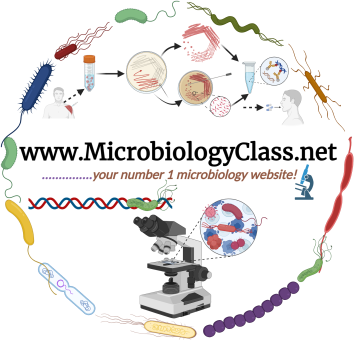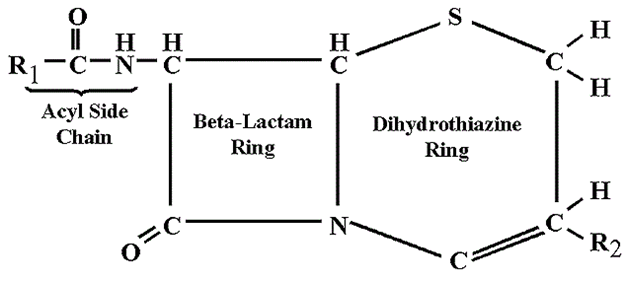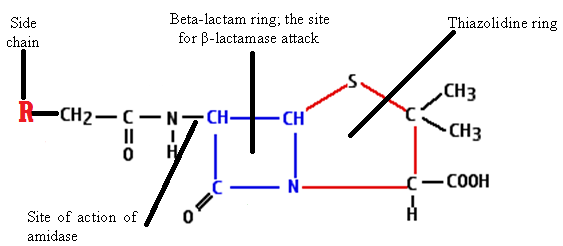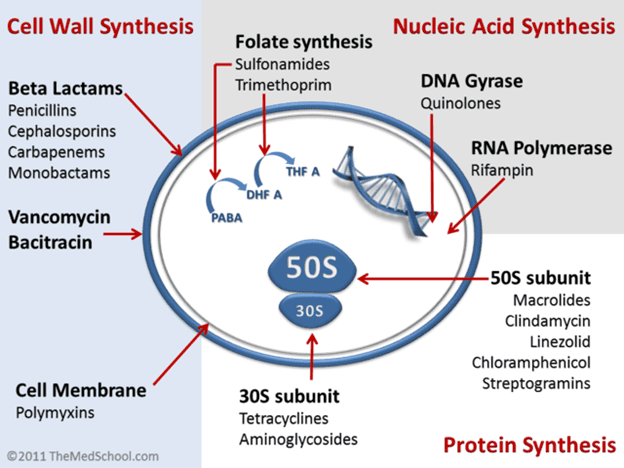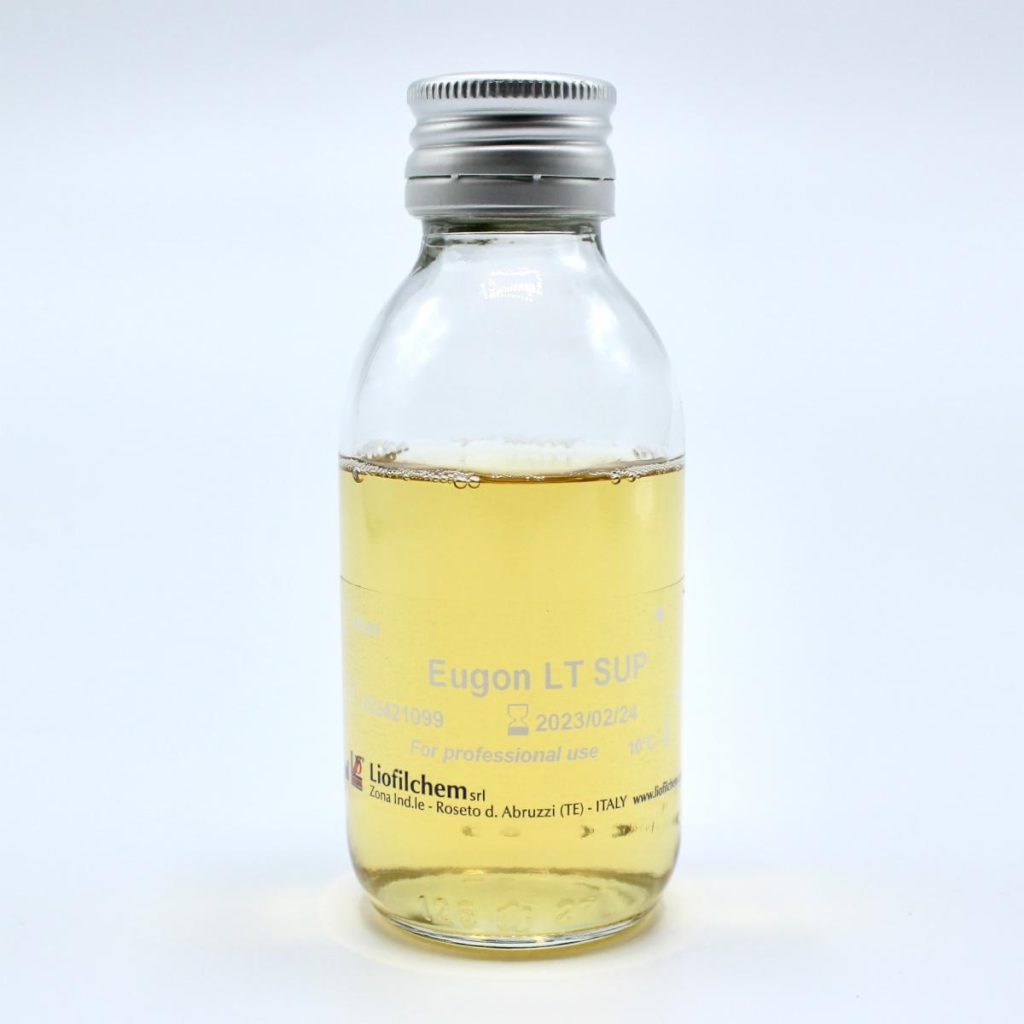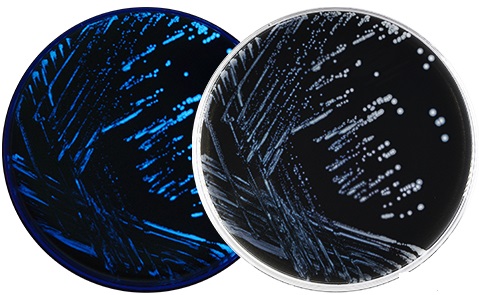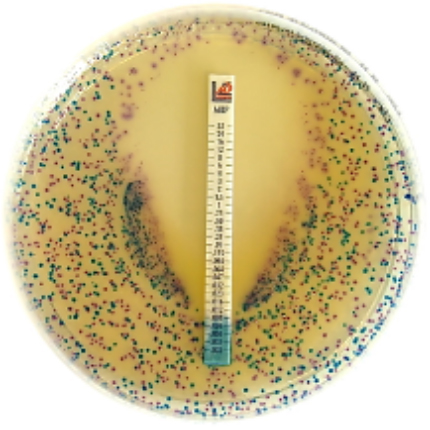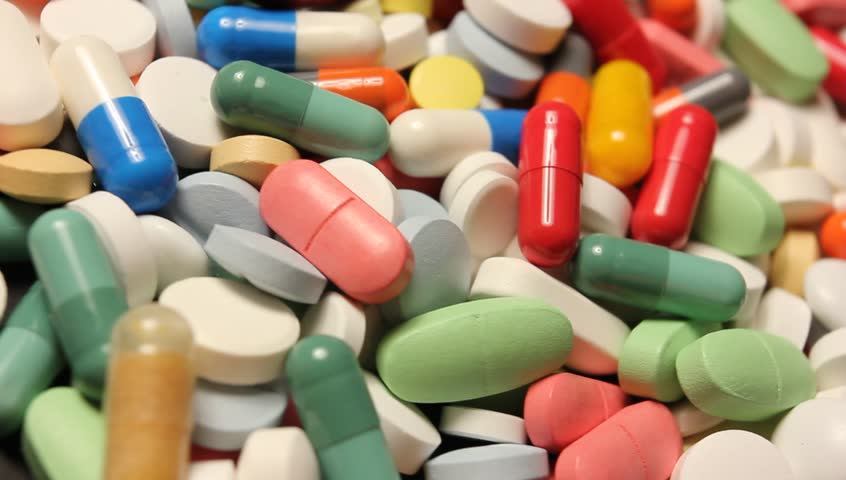CEPHALOSPORINS
Cephalosporins are beta-lactam antibiotics that are penicillinase-resistant, and with related mode of action to the penicillins. Drugs in this category are clinical substitutes for penicillins due to the development of resistance to the later by pathogenic bacteria. Cephalosporins are classified into four (4) generations based on their spectrum of activity, side chain modifications and clinical […]
